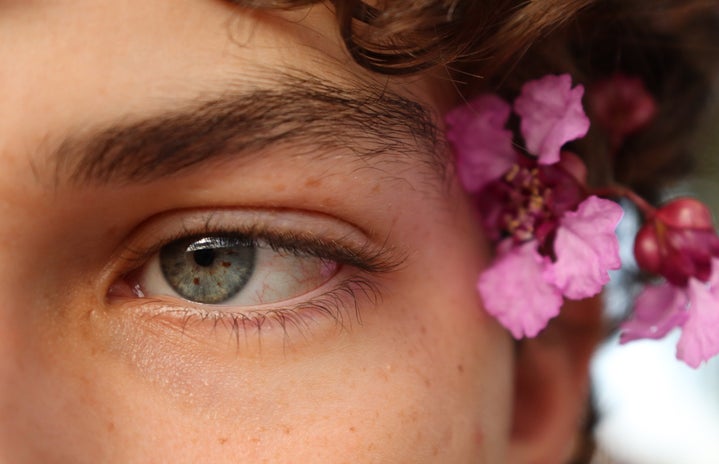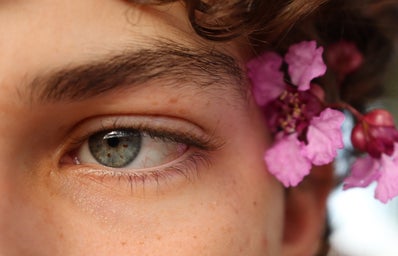Make-up has been used for millennia, with similar products dating back to the time of the ancient Egyptians. Egyptian tombs were often found to contain makeup canisters, with products like ground beetles and clay being used as lipstick, and kohl (a mixture of lead and other items) used as eyeliner for both men and women. Blush and nail varnish were used by the Romans, lead was used as powder for pale skin by the Elizabethans and beauty marks were popular at the royal court under Louis XVI of France. Throughout this time, men and women equally wore makeup, and indeed it was a sign of wealth, limited by money but not by gender. Modern makeup began at the start of the 20th century, with the word ‘makeup’ itself becoming popularised in the 20s by cosmetic producer Max Factor. It began as a product for actors, and spread wider into general culture as people desired to look like the actors, and as the products became more affordable.
However, as modern makeup became more popular, its use became more and more limited to women only. This is partly due to religious links drawn in the 1800s between makeup, femininity and the devil, restricting the definitions of masculinity until only women could wear makeup in the mainstream in the 20th century. Men were allowed to be vain about their hair, but risked the label of ‘metrosexual’ if they became too ‘feminine’ about it.
Feminist movements of the late 1900s also took issue with makeup, making the case that it was used by women for men and society, not out of their own choice or desire. Some feminists wanted to get rid of makeup altogether, but many women disagreed, and thus it became more an issue of female choice, and the ability to wear makeup for self-expression, rather than to be an object of sexual attraction for men. Behind the scenes, the beauty industry itself employs primarily women (94%), but leading makeup artists have traditionally been men, who still take up 71% of leadership positions. Clearly, the stigma of men wearing makeup never applied to making money within the industry, but the number of women in leadership is on the rise.
Makeup for men became popularised by the time of the late 20th century, with heavy eyeliner and makeup being famously used by artists like David Bowie and Prince. Pop-punk of the 2000s saw ‘guyliner’ become more accepted, and men have begun to be ‘allowed’ by societal rules to wear more natural products like concealer and bronzer. Today, the advance of technology has allowed for more male makeup artists to share their looks, and companies like Maybelline have male makeup models, while male beauty gurus like James Charles and Bretman Rock have huge followings and social influence.
Additionally, there has been a rise in brands targeting more groups than just cis women. Makeup brands like Jecca, Fenty and Fluide aim for a ‘gender-neutral’ approach, whilst other brands like Panacea, ASOS and Tom Ford have opened up their advertising to appeal beyond the traditional target (described as a white women, aged 35-50, with her husband’s money to spend). These advances indicate that society is indeed changing, and whilst such change is always led by trends in the influencer and performance industry, it seems clear that the stigma of makeup being feminine is lessening.
Makeup always used to be gender neutral. Only the advent of the 20th century saw gender presentation become strict, and the 21st century is seeing the relaxation of these rules. Makeup may not be gender-neutral in the mainstream quite yet, but it certainly looks like it’s heading that way.
Note: This article focuses on makeup within a Western society, and doesn’t discuss other societies around the world, many of which have different perceptions on makeup that are not expressed here.


